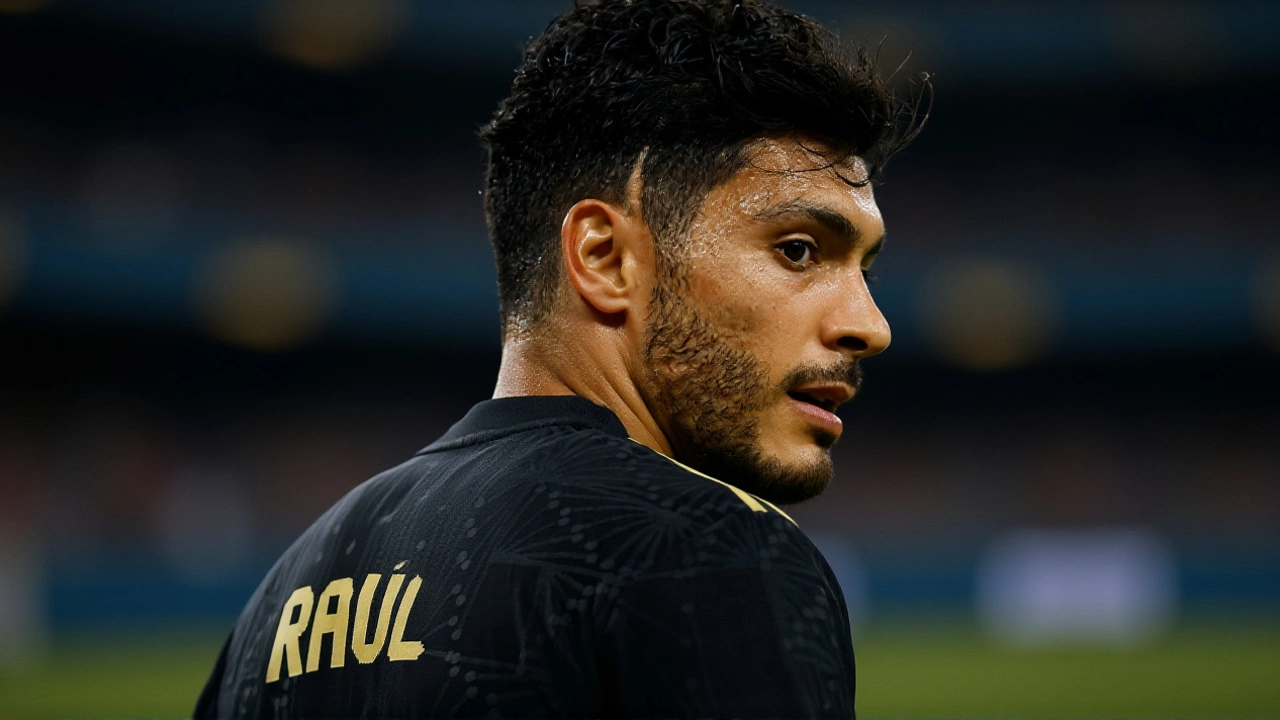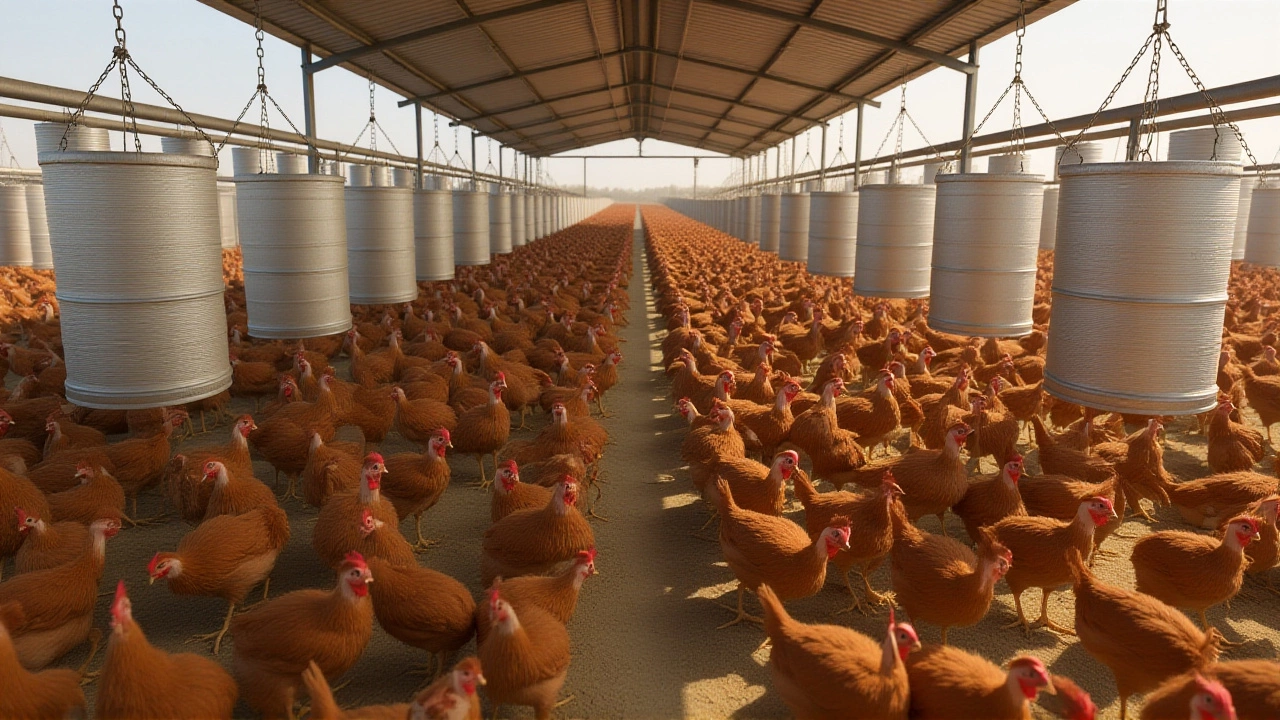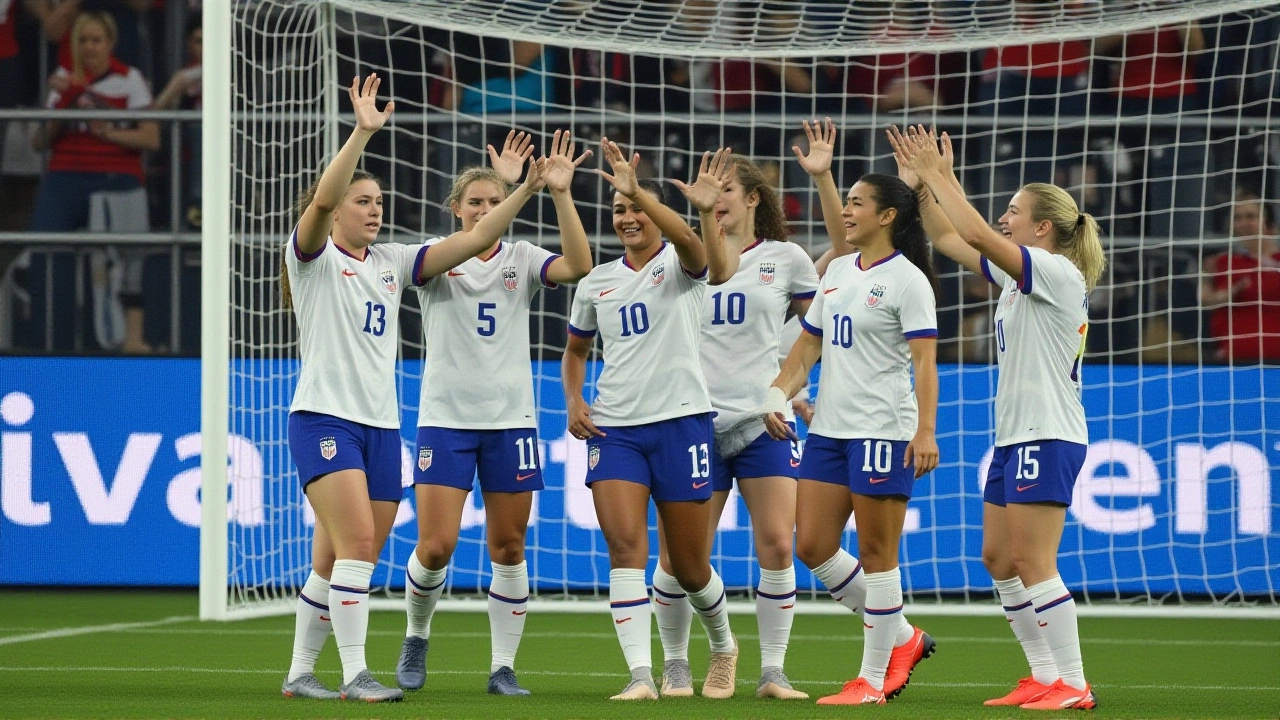It was a match defined by tension, not goals. On Saturday, November 15, 2025, Selección de fútbol de México and Uruguay's National Team played out a goalless 0-0 draw at Estadio Corona in Torreón, Mexico. The final whistle blew at 90'+5', sealing a performance that left fans frustrated and coaches questioning whether this was preparation—or panic. What should have been a tune-up for the upcoming Concacaf Nations League qualifiers turned into a wake-up call, especially after Hirving 'Chucky' Lozano, Mexico’s electric winger and talisman, limped off in the 67th minute with what appeared to be a hamstring strain. The injury, confirmed by team doctors hours after the match, has cast a shadow over Mexico’s next fixture: a must-win clash against Costa Rica on Tuesday, November 18, 2025.
Defensive grit, offensive silence
Mexico didn’t lack effort. They pressed high, harassed Uruguay’s midfield, and won the ball back in dangerous areas. Analyst Mariano on Fox Deportes captured the mood: "MEXICO LOOKS BETTER WHEN THEY DON’T HAVE THE BALL." And it was true. When Uruguay tried to build from the back, César Montes and Edson Álvarez smothered passing lanes. But when Mexico had possession? The spark vanished. Raúl Jiménez, the lone striker, was isolated. Diego Lainez and Sebastián Córdova drifted wide, but crosses were too often blocked or cleared. The only real threat came in the final seconds: Johan Vásquez’s looping header from the center of the box, saved by Uruguay’s goalkeeper Santiago Mele. That was it. No shots on target after the 55th minute. No rhythm. No creativity.The penalty controversy that never was
The match’s most heated moment came at 89:07, when César Montes went down in the penalty area under minimal contact from Uruguay’s Diego Godín. Fox Deportes analysts erupted. Keith: "He looked like it might have been a contact. No penalty for now." Mariano: "I think it was a little bit of contact inside of the box, trouble... and now there’s contact as well." Then came the line that echoed across social media: "ROBERT, THAT WAS A PENALTY." But the referee, Carlos Astroza from Chile, waved play on. Replays showed a slight brush of the leg—barely enough to unbalance Montes. Not a foul by FIFA’s strict standards, but enough to make Mexican fans scream. The lack of a call felt symbolic: Mexico was playing hard, but not getting the breaks.Lozano’s injury: The real story
The 0-0 draw was forgettable. But Hirving 'Chucky' Lozano’s injury? That’s the headline. The 29-year-old, who has scored 37 goals in 91 caps, is Mexico’s most dangerous attacker in transition. He’s the one who turns a counter into a goal. He’s the one who makes defenses panic. He left the field in the 67th minute after a non-contact twist of his left leg, clutching his hamstring. Team officials said he’s undergoing MRI scans, with results expected by Monday. If he misses the Costa Rica game, it’s a massive blow. His replacement? Likely Raúl Jiménez dropping deeper or 21-year-old Jesús Angulo, who has yet to score in his five international appearances. "We’ve seen this before," said former Mexico captain Rafael Márquez on ESPN’s post-match analysis. "When Chucky goes down, Mexico loses its heartbeat. The team becomes predictable. Slow. Defensive. And against teams like Uruguay or Costa Rica? That’s suicide."
What this means for Mexico’s future
This match wasn’t just about tactics. It was about identity. Under coach Gerardo Martino, Mexico has spent two years trying to shed its reputation as a team that relies on individual brilliance. But without Lozano, that’s all they have. The midfield—Álvarez, Córdova, José Juan Vázquez—played with discipline but lacked imagination. The fullbacks pushed forward, but the crosses were poor. The attack had no focal point. Goal.com called it "dull," and they weren’t wrong. But behind the dullness? A deeper problem: Mexico’s failure to develop a coherent attacking structure beyond its stars. Lozano isn’t just a player. He’s the only one who consistently breaks lines. Without him, the team reverts to long balls and hope.What’s next? The clock is ticking
Mexico’s next match is just two days away. Tuesday, November 18, 2025, at Estadio Azteca. Against Costa Rica. Win, and they’re in control of their Nations League destiny. Lose, and they’re scrambling. The team’s training session on Sunday will be closely watched—not just for fitness, but for morale. Will Lozano train? Will he even be cleared to fly? If he’s out, expect a 4-4-2 with Jiménez and Angulo up top, and Álvarez playing as a deep-lying playmaker. It’s not pretty. It’s not exciting. But it might be necessary.
Behind the scenes: The pressure of international friendlies
International friendlies are supposed to be low-stakes. But in CONCACAF, they’re survival tests. With World Cup qualifying looming, every match is a scouting report for rivals. Uruguay, a team that reached the 2022 World Cup semifinals, used this game to test their backline against Mexico’s pace. They didn’t need to score. They just needed to stay organized. And they did. Meanwhile, Mexico’s coaching staff is under fire. Why did they start Diego Lainez over Uriel Antuna? Why did they play Vásquez as a central midfielder instead of a wingback? The questions are piling up. And with Lozano’s injury, the answers matter more than ever.Frequently Asked Questions
How serious is Hirving Lozano’s injury?
Initial reports suggest a Grade 1 hamstring strain, which typically takes 7–10 days to heal. Lozano is undergoing an MRI on Sunday, and if results confirm no tearing, he could return for the Costa Rica match on November 18. But if it’s Grade 2 or worse, he’ll miss at least three weeks—potentially jeopardizing his place in the 2026 World Cup squad. His absence would be a major blow to Mexico’s attacking depth.
Why did Mexico struggle to create chances despite pressing high?
Mexico’s pressing worked early, but they lacked a forward who could hold up play or link with midfielders. Raúl Jiménez, while physical, isn’t a playmaker. Without Lozano’s pace to stretch defenses or Diego Lainez’s dribbling to cut inside, Mexico’s attacks became predictable. The midfield didn’t provide vertical passes, and the fullbacks were isolated. It’s a systemic issue: Mexico’s system relies on individual speed, not collective movement.
Was the missed penalty a sign of biased officiating?
No. The contact on César Montes was minimal and arguably incidental. FIFA’s guidelines state that penalties require clear, deliberate contact that alters a player’s movement. Referee Carlos Astroza’s decision aligns with current interpretations. However, the controversy highlights growing frustration with inconsistent VAR application in CONCACAF matches. Mexico fans feel they’re often on the wrong end of tight calls—a perception that’s been building since the 2022 World Cup.
What does this result mean for Mexico’s World Cup 2026 chances?
Mexico still has a strong path to qualifying, but this draw exposed vulnerabilities. Without Lozano, their attacking threat drops significantly. If they can’t find a solution against Costa Rica, they risk dropping points in crucial qualifiers. The 2026 World Cup is on home soil, and expectations are sky-high. A poor start in the Nations League could shake confidence before the real tournament begins. The next three games are critical.
Who are the potential replacements for Lozano?
The most likely options are Uriel Antuna, who’s faster but less clinical, or Jesús Angulo, who’s raw but has shown flashes in club play. Another possibility is moving Raúl Jiménez to the wing—a tactical gamble that would sacrifice his aerial presence. Youngster Jonathan Rodríguez, called up for the first time, could also get a look. But none offer Lozano’s combination of speed, dribbling, and finishing under pressure.
Why was the match played in Torreón instead of Mexico City?
The Federación Mexicana de Fútbol rotates home games to boost regional support. Torreón, home to Club Santos Laguna, has a passionate fanbase and a modern stadium. It’s also a strategic location—close to the U.S. border, allowing more Mexican-American fans to attend. This match drew 27,000 spectators, nearly full capacity. The move is about expanding Mexico’s fanbase, not just convenience.
